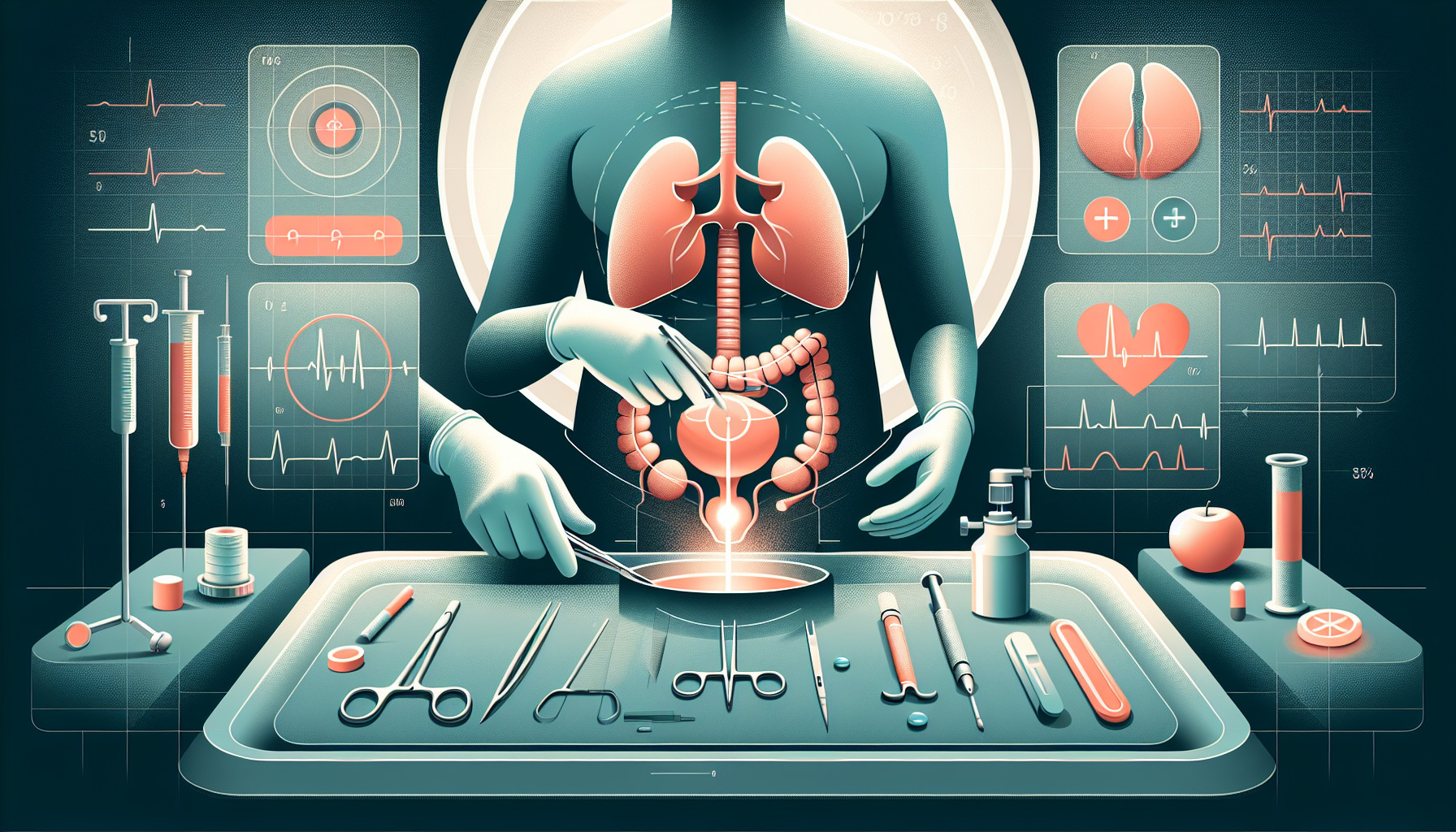Our Summary
This research paper is about the use of a new robot-assisted surgery system called Hugo RAS™ in performing radical prostatectomy, a surgery to remove the prostate gland typically performed on patients with prostate cancer. The study compares the outcomes of surgeries conducted using Hugo RAS™ with those conducted using another robotic system called DaVinci.
Patients who had been diagnosed with prostate cancer through biopsy and had undergone radical prostatectomy were included in the study. They had been given all necessary information and had given their consent to participate. Data was collected before, during, and after the surgery for those treated with the Hugo RAS™. The outcomes were then compared with patients who underwent the same surgery using the DaVinci system.
The study involved 34 patients, with half of the surgeries performed using Hugo RAS™ and the other half using DaVinci. The time taken for the surgery and preparation (dock time) was similar for both groups. All surgeries were successful, with no significant complications during or after surgery for up to a month afterward.
The researchers concluded that the Hugo RAS™ system is a safe and effective tool for performing radical prostatectomy. It delivers similar results to the DaVinci system and is a valuable addition to the current range of surgical robots.
FAQs
- What is the Hugo RAS™ system that was used in the study?
- How does the outcome of prostatectomies performed with the Hugo RAS™ system compare to those performed with the DaVinci system?
- Were there any significant complications during or after the surgeries performed with the Hugo RAS™ system?
Doctor’s Tip
One helpful tip that a doctor might tell a patient about prostatectomy is to follow a healthy diet and exercise regimen before and after surgery to promote overall recovery and healing. Additionally, it is important to follow post-operative instructions carefully, including taking prescribed medications and attending follow-up appointments to monitor progress and address any concerns.
Suitable For
Patients who are typically recommended for prostatectomy include those who have been diagnosed with prostate cancer and have a life expectancy of at least 10 years. The decision to undergo prostatectomy is usually made after considering factors such as the patient’s age, overall health, the stage and aggressiveness of the cancer, and the patient’s preferences. Other patients who may be recommended for prostatectomy include those with benign prostatic hyperplasia (BPH) that has not responded to other treatments, as well as patients with recurrent urinary tract infections or urinary retention due to prostate enlargement.
Timeline
Before the surgery, patients undergo a series of tests and consultations to determine the best course of treatment for their prostate cancer. Once the decision is made to proceed with a prostatectomy, they are informed about the procedure and its potential risks and benefits.
During the surgery, the patient is placed under anesthesia, and the surgeon uses the robotic system to remove the prostate gland. The surgery typically takes several hours to complete, and the patient is closely monitored throughout the procedure.
After the surgery, the patient may experience some pain and discomfort, which can be managed with pain medication. They will also need to follow a specific diet and activity plan to aid in their recovery. Follow-up appointments will be scheduled to monitor the patient’s progress and address any concerns or complications that may arise.
Overall, the timeline of a patient’s experience before and after prostatectomy involves careful preparation, a successful surgery using a robotic system like Hugo RAS™, and ongoing care and monitoring to ensure a smooth recovery process.
What to Ask Your Doctor
Some questions a patient should ask their doctor about prostatectomy using the Hugo RAS™ system may include:
- What are the potential benefits of using the Hugo RAS™ system for my prostatectomy compared to other surgical methods?
- What are the potential risks or complications associated with undergoing prostatectomy using the Hugo RAS™ system?
- How experienced are you in using the Hugo RAS™ system for performing prostatectomy surgeries?
- What is the expected recovery time and outcome for patients who undergo prostatectomy using the Hugo RAS™ system?
- Are there any specific factors about my case that may make me a better candidate for using the Hugo RAS™ system over other surgical methods?
- How does the cost of using the Hugo RAS™ system compare to other robotic surgical systems for prostatectomy?
- Are there any long-term considerations or follow-up care that I should be aware of if I choose to have my prostatectomy using the Hugo RAS™ system?
- Can you provide me with any additional information or resources about the Hugo RAS™ system and its use in prostatectomy surgeries?
- What is your opinion on the effectiveness of the Hugo RAS™ system for prostatectomy based on your experience and the available research?
- Are there any alternative treatment options I should consider before deciding to undergo prostatectomy using the Hugo RAS™ system?
Reference
Authors: Ragavan N, Bharathkumar S, Chirravur P, Sankaran S. Journal: J Endourol. 2023 Feb;37(2):147-150. doi: 10.1089/end.2022.0461. Epub 2022 Nov 3. PMID: 36205571
